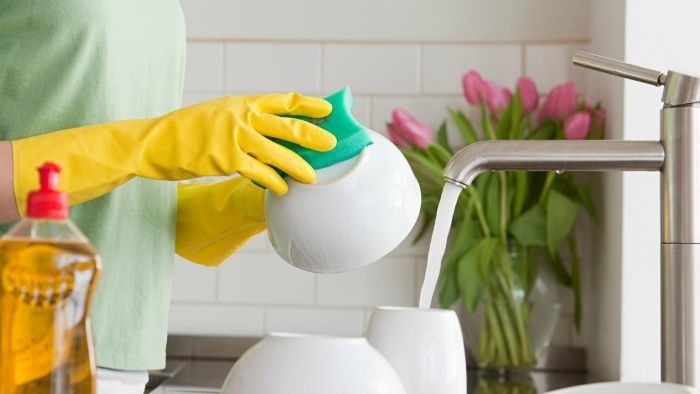 05 Oct 2018
05 Oct 2018
A dishwashing sponge can be a significant source of dangerous bacterial infections due to its high bacterial content. Commonly used household items like kitchen cleaning cloths, bathroom towels, and TV remote controls also harbor a large number of harmful bacteria. The dishwashing sponge, in particular, is found to contain various bacteria, including those responsible for causing pneumonia and meningitis.
Studies have revealed that there are over 5x1010 bacteria per cubic centimeter on these sponges. Among the bacteria observed is Moraxella osloensis, which can cause severe infections, especially in individuals with weakened immune systems. The presence of these bacteria on the sponge can lead to an unpleasant smell.
Even after attempting to disinfect the sponge through heat treatment such as boiling or microwaving, the bacterial content remains unaffected. Surprisingly, the more one tries to disinfect the sponge, the more bacteria it retains.
To prevent bacterial buildup and ensure hygiene, it's essential not to allow the sponge to wear out or become excessively dirty. Regularly changing the dishwashing sponge at least once a week is recommended.
Additionally, when washing dishes, using rubber gloves can protect your hands from becoming rough and prevent allergic reactions to detergents or cleaning agents.
By being mindful of these hygiene practices, you can reduce the risk of bacterial infections and maintain a clean and safe environment in your home.